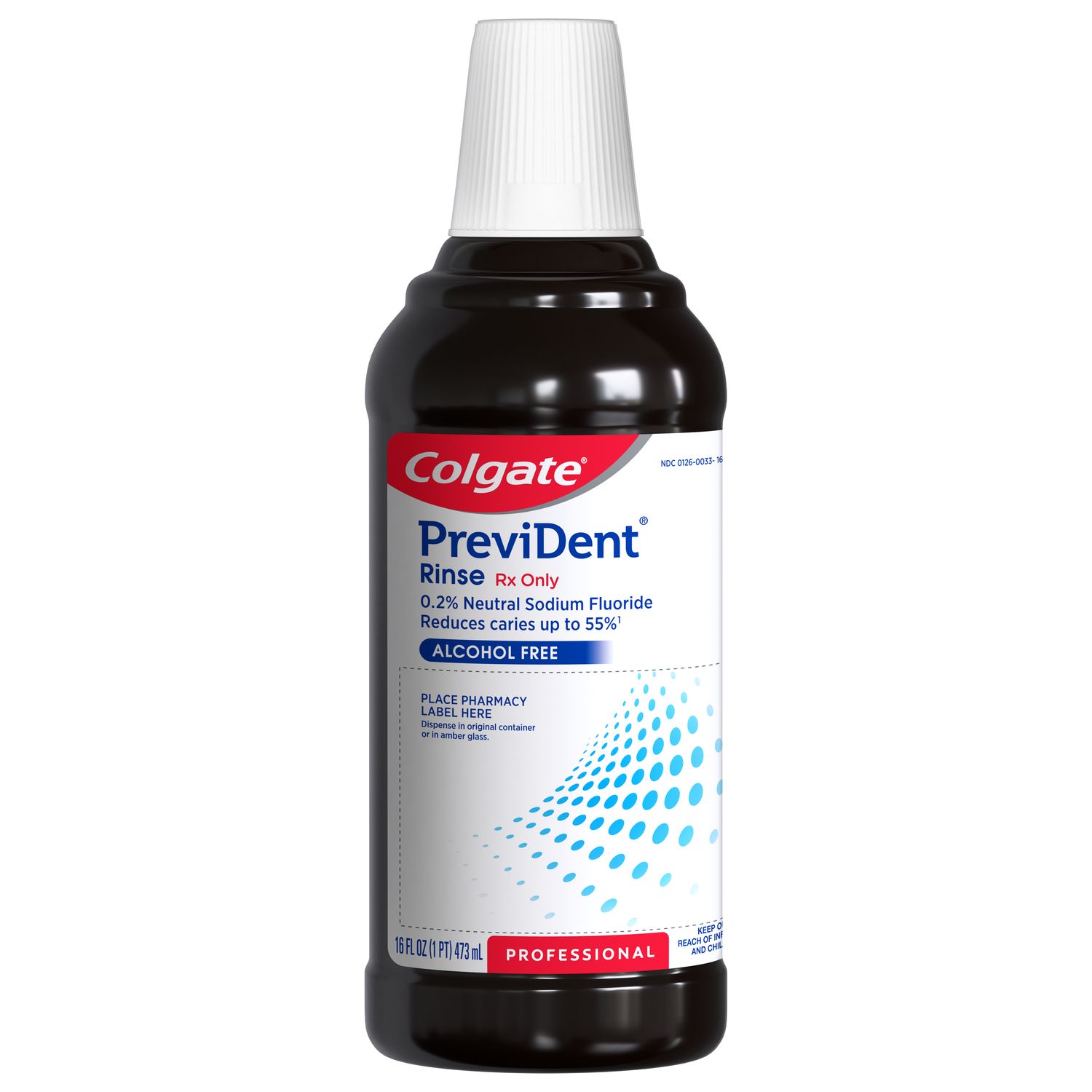
Fluoride therapy was traditionally thought of as a measure to help prevent caries in children. Your patients may be unaware that fluoride therapies are not used exclusively for children. Fluoride therapies like silver diamine fluoride (SDF) and fluoride varnish are being used to treat children and adults.
Fluoride Varnish
Fluoride varnish is cleared by the FDA for the treatment of dentinal hypersensitivity and as a cavity liner. It is easy to apply, sets rapidly on contact with saliva, and occludes the dentinal tubules. This makes fluoride varnish a desirable option for dental hygienists treating patients with sensitivity. Many dental professionals use fluoride varnish off-label as a preventative treatment for children, and it can also be used on adult patients at risk for dental caries. Current recommendations from the Council on Scientific Affairs at the American Dental Association include the use of 5% sodium fluoride varnish as an in-office fluoride for patients at risk for caries, at least every 3 to 6 months (depending on risk level). Examples of patients who are at high risk for caries include those suffering from xerostomia or experiencing recurrent caries.
Silver Diamine Fluoride
Silver diamine fluoride (SDF) is also applied clinically, and cleared by the FDA for the treatment of dentinal hypersensitivity. Dentists and dental hygienists are also using it off-label to help stop the progression of dentinal caries in children as well as special needs patients and the elderly. The silver acts as an antimicrobial agent against cariogenic bacteria and the fluoride works to help prevent further demineralization of the tooth. SDF became available to dental professionals in the U.S. in 2015.
The New York Times notes two major benefits of SDF therapy to treat carious lesions in children: It does not require local anesthesia or dental drills. Imagine young children who come to the dentist already frightened because they think they are getting a "shot." They may cower behind their parent, crying before they have even made it beyond the waiting room. When dental hygienists can reassure an uncooperative or frightened child that a "shot" or drill will not be used, you have a calmer child and are able to complete treatment in the office, potentially avoiding a trip to the OR after the cavity progressed further.
In addition, when patients have limited access to dental care, they may not follow through with the dental care their children need. SDF is available to dental professionals at a low cost, quick and easy to apply. Therefore, they are able to provide treatment at a very reasonable cost to patients.
Educating Patients about Fluoride Therapy
It's important to educate patients on the benefits of fluoride therapy. Because in-office fluoride has traditionally been thought of as a preventative therapy for children, you may need to educate adult patients about the benefits of fluoride varnish. Visual aids are helpful for patients to understand how they will benefit from fluoride therapy. Colgate Professional provides dental professionals with a wide variety of visual aids that can be used to educate patients.
If SDF is being used, you will need to make sure that the patient, or in the case of a child the patient's parent or guardian, understands the benefits and the side effects. Dimensions of Dental Hygiene notes that arresting caries with SDF has side effects. The carious lesion darkens after treatment, there can be a temporary bitter metallic taste and temporary staining of the soft tissues can occur. Parents may not be concerned about the discoloration, and prefer a less traumatic option for treatment than a filling, especially in a baby tooth if they know that the child will eventually loose the tooth.
Takeaways
- Fluoride therapy benefits children and adults at risk for dental caries or who suffer from dentinal hypersensitivity.
- Silver diamine fluoride offers a no shot/no drill option for the treatment of carious lesions.
- Patients need to be educated about the benefits of fluoride therapy for their specific needs.
Why It's Valuable
As dental professionals, we strive to provide the most current and effective treatment for our patients. Using fluoride therapy beyond just preventative care will benefit many patients.
Join us
Get resources, products and helpful information to give your patients a healthier future.
Join us
Get resources, products and helpful information to give your patients a healthier future.













